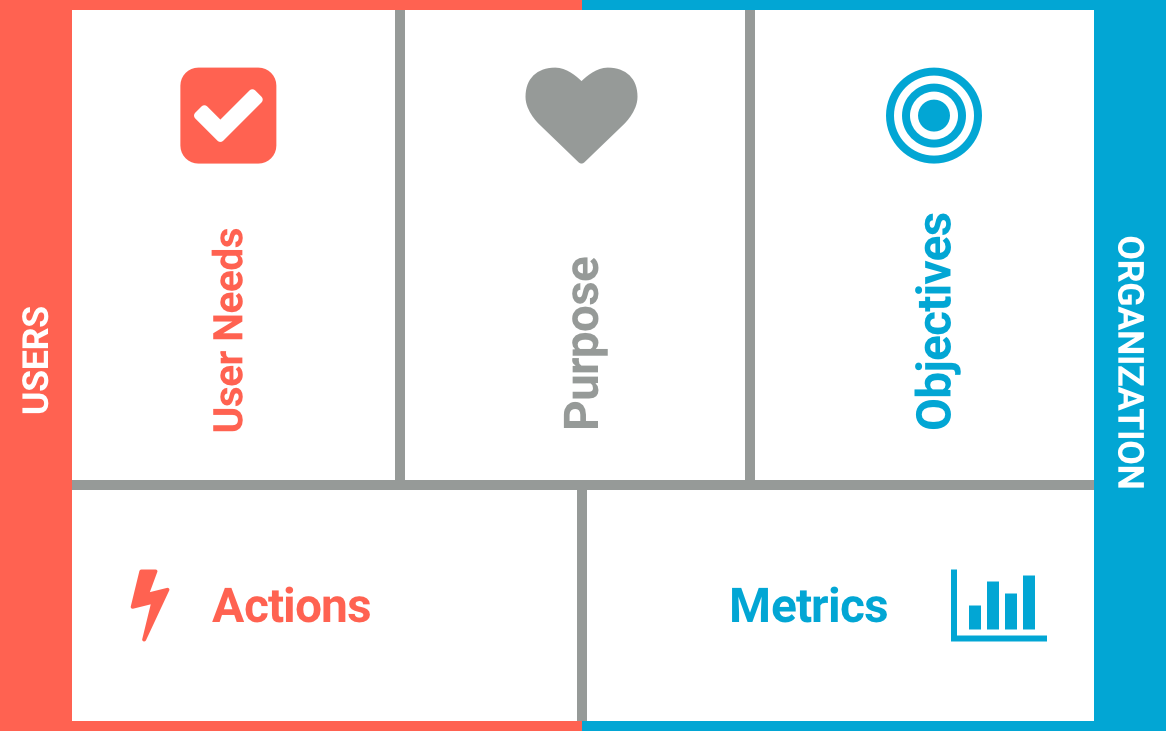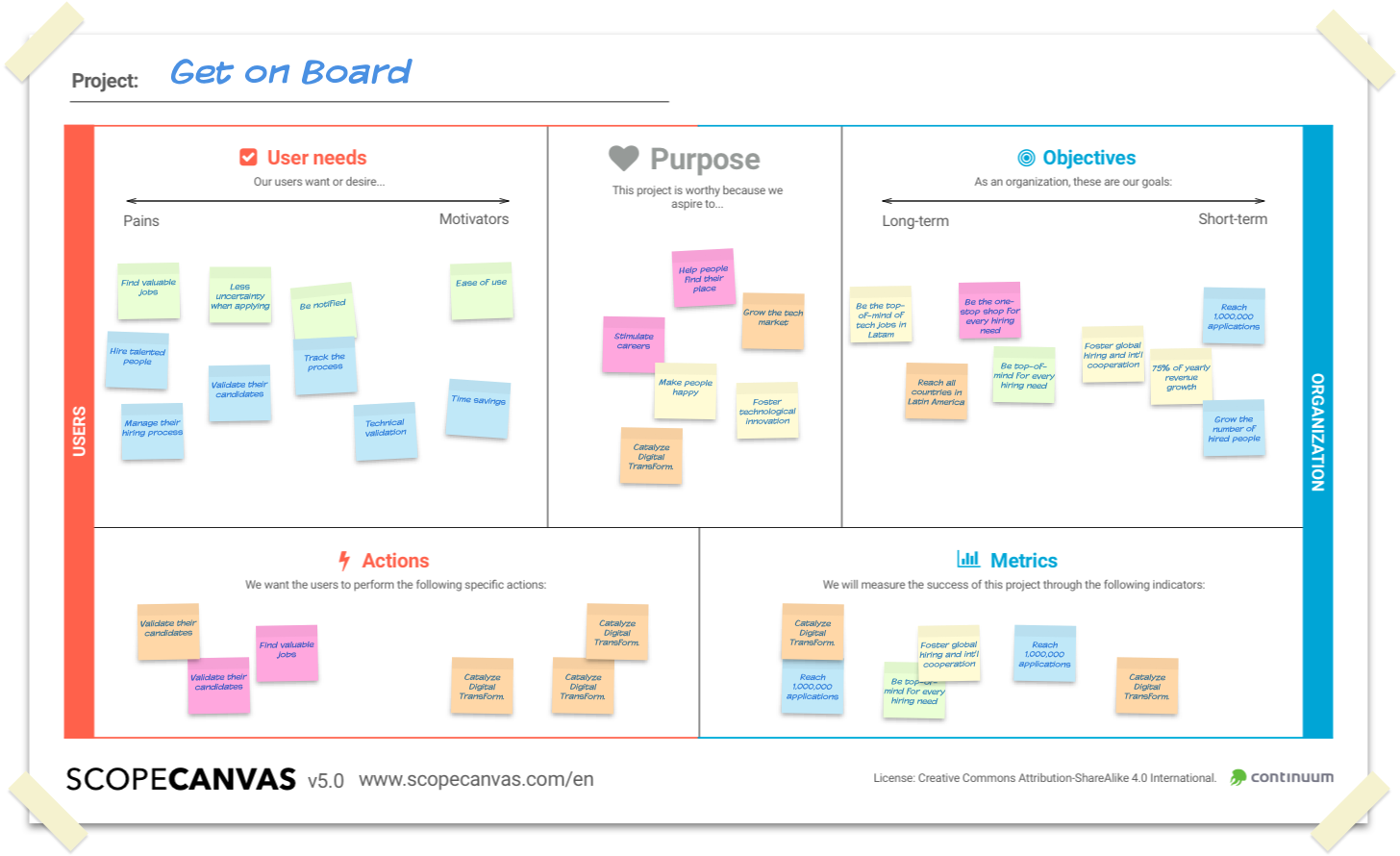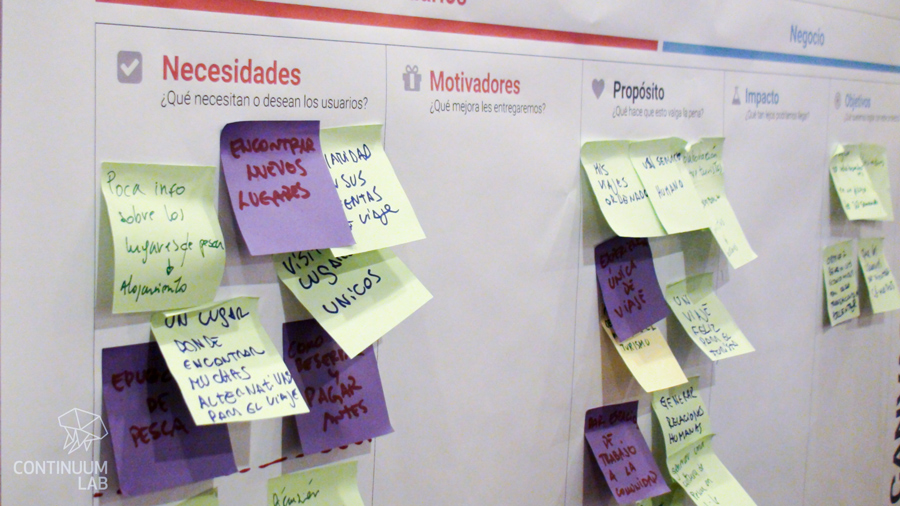A Leaner Canvas for UX Projects
Scope Canvas is a free tool made as a backbone and starting point of our UX and Service Design projects. Join the dozens of startups, corporations and non-profits that use it to align their teams and create better products and services.

Download the printable Canvas (v5.0) Book a workshop with us
Scope Canvas is used and taught in dozens of companies, startups and universities.





